Dear Barbara, My first day as a hospice nurse I watched some videos in the office then sat in the conference room for 4 days. I oriented in the field for two weeks with the DON. After that I got my 18 patient caseload. Even with help from my team I am drowning and miserable.
We are in a rural area. My patients are a 30-120 minute commute. I have multiple patients declining and multiple patients with wounds, all of which would benefit from more frequent visits, which I physically can't do because I am already in overtime every week. My patients are suffering. When I relayed this to my supervisors, I was told that I would be expected to see even more, and needed to conduct admissions after seeing my patients, that everyone else is busy, etc.
I haven't charted on my patients from this week. I am on mandatory on call. I worked all night and all day. I am now being sent an hour away to do an admission. Only my second solo admission even though I've never had my first solo admission questions answered.
So, I have started to look for another job. I am crushed because I like my coworkers, patients, and this work. I am just crushed.
I’ve been getting too many stories of hospice care and practices like the one above; about hospice agencies that place emphasis on the number of visits per day and the number of patients per nurse, not on what is actually happening in the patient’s dying process. Emphasis that seems to put the patient and staff low on the list of priorities in running an agency.
I appreciate the challenge of balancing patients, visits, admissions and the bottom line of dollars brought in and dollars spent BUT I am seeing that taking care of staff and patients is often being sacrificed to that bottom line.
If we don’t take care of our staff, physically, emotionally, and energetically, the hospice will lose its grounding, its purpose, its reputation, as well as its Medicare standing (I hope). A hospice that does not take care of its staff cannot take care of its patients and their families in a manner consistent with the original hospice philosophy.
What is the hospice standard of care that may not be written into the Medicare regulations? Let's consider the number of patients per staff, how often and long are visits, what do actual visits consist of, and the role of primary care nursing.
I haven’t looked at the regulations recently. I do know there is a lot of micromanaging going on in them BUT my concern is what outside of regulations are common sense patient practices in the end of life arena? As Fareed Zakaria would say, “Here is my take.”
Patient load: Depends on driving distance between patients. If all patients are in the same nursing home then we can see more than if they are in a rural community with driving distance between visits 30 or more minutes. I think it also depends on closeness to death. If a referral is months before death or dementia is the main diagnosis we can see more patients than if we have late referrals and the patient is days, even a week or so from death. Average patient load: 15 patients. If everyone “crashes” at once it is the agency’s responsibility to assist its primacy care nurse with additional help so she can spend the appropriate time with each family and not have it be her sacrifice in time to provide the good care necessary. This size patient load makes for about five visits a day, two in the morning and three in the afternoon. That allows for driving and charting time as well as a drive thru lunch.
How often to visit: If it is estimated to be months before death, visit weekly. A patient is not appropriate for hospice care if you only need to see them once a month or even every other week. If you consider it weeks from death then see them two or three times a week depending on how the patient and family are coping. If death is considered within days you visit daily if not twice a day (first thing in the morning and last thing in late afternoon). If dying in hours then the nurse stays as long as is necessary to guide, educate, and support the family. I appreciate that now the nurse cannot stay as we used to stay (until death occurred) but stay long enough to get the family supported. This is where having end of life doulas as part of the working team is good care. The primary care nurse calls in the end of life doula to stay and guide the family through the death and until the body has been taken by the funeral home.
How long is a visit: Of course length of visit will depend on the stability of the patient and family but average visits would be 60 to 90 minutes. If less, you probably aren’t giving that family the guidance and education they need. Sometimes you will need to stay longer to guide and support. If your visits are consistently under an hour I would ask why. If consistently over 2 hours I, again, would ask why. Remember, teaching is 90% of end of life work. You can’t teach comprehensively in 15 minutes.
What does a visit look like: An in-home visit is assessing the patient physically, their disease progression and, if they are alert, their emotional status. If alert, it is visiting with them, assessing, asking for questions, “feeling them out” for fears and distress. Then there is time spent with the caregiver (often over coffee in the kitchen) for a look at their physical and emotional stability and their assessment of what is happening with the patient. This is good education time as well. This visit is not done with a laptop and note taking (That is done in the car between visits). This visit always ends with “Do you understand what we have just talked about?” “Do you have questions for me that we haven’t addressed?” “You know you can call me anytime, day or night. I am as close as the phone.”
Primary care nursing: Families and patients can not bond and feel secure in the dying process if they have a different nurse, social worker and chaplain every visit. Primary care is vital in establishing a relationship and good, comprehensive care.
With more and more patients in nursing homes and with dementia as their primary diagnosis these basic guidelines do not apply. Maybe I’ll write a blog focusing on how to care for a patient and their families in nursing homes.
This blog is just an old time hospice nurse’s opinion on how to provide hospice care. Just an old nurse who learned how to provide end of life care during a time when the bottom line was how best to care for the patient and family, not how much money the agency made.
Something More... about If We Don't Take Care Of Our Hospice Staff...
We have support resources for professional caregivers in the booklet You Need Care Too and the DVD kit Care For The Caregiver. As National Hospice Month approaches giving your staff the booklet and watching the film together as a team would be a wonderful gift. You may want to look at the Caregiver Bundle that includes these two resources.
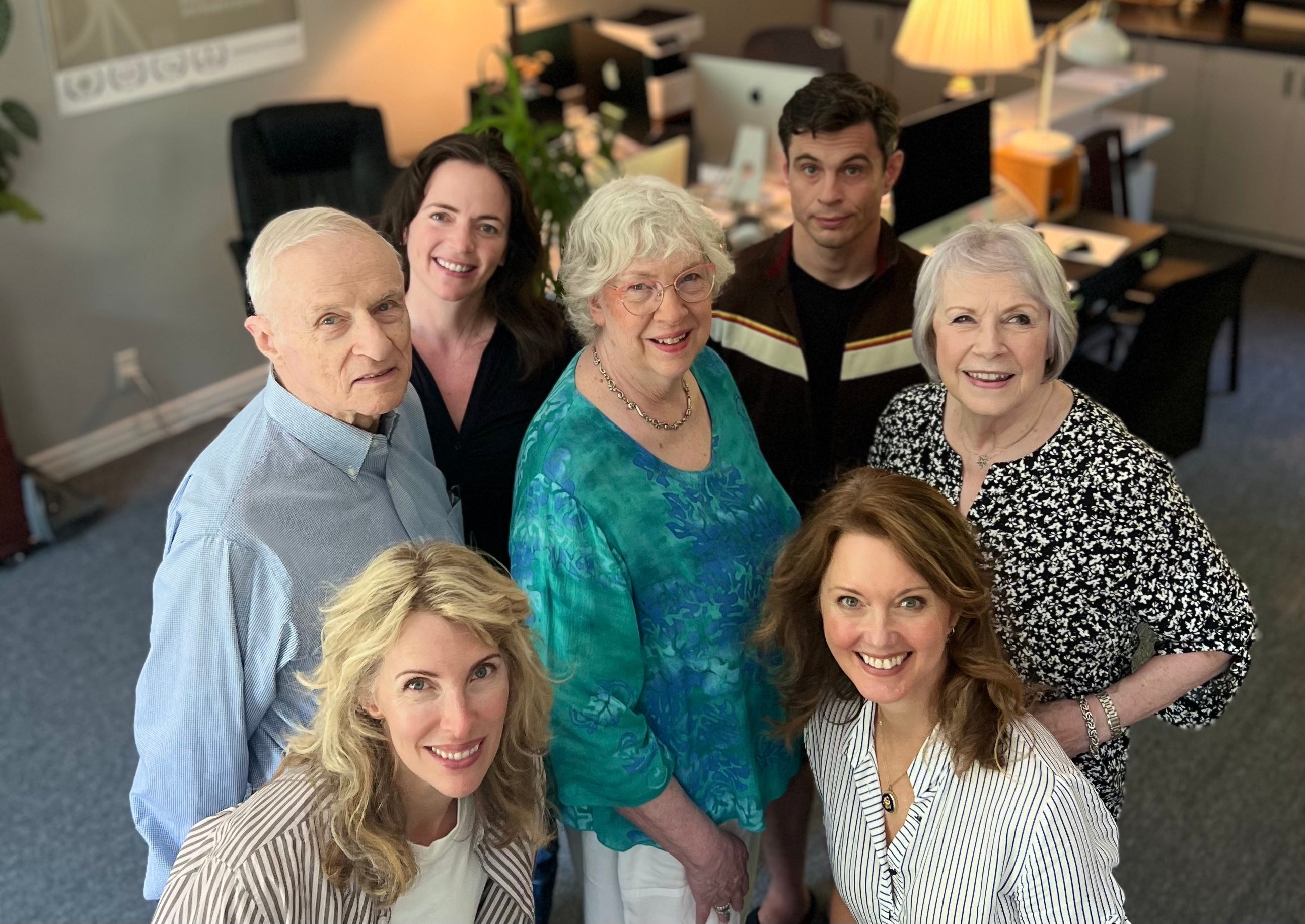

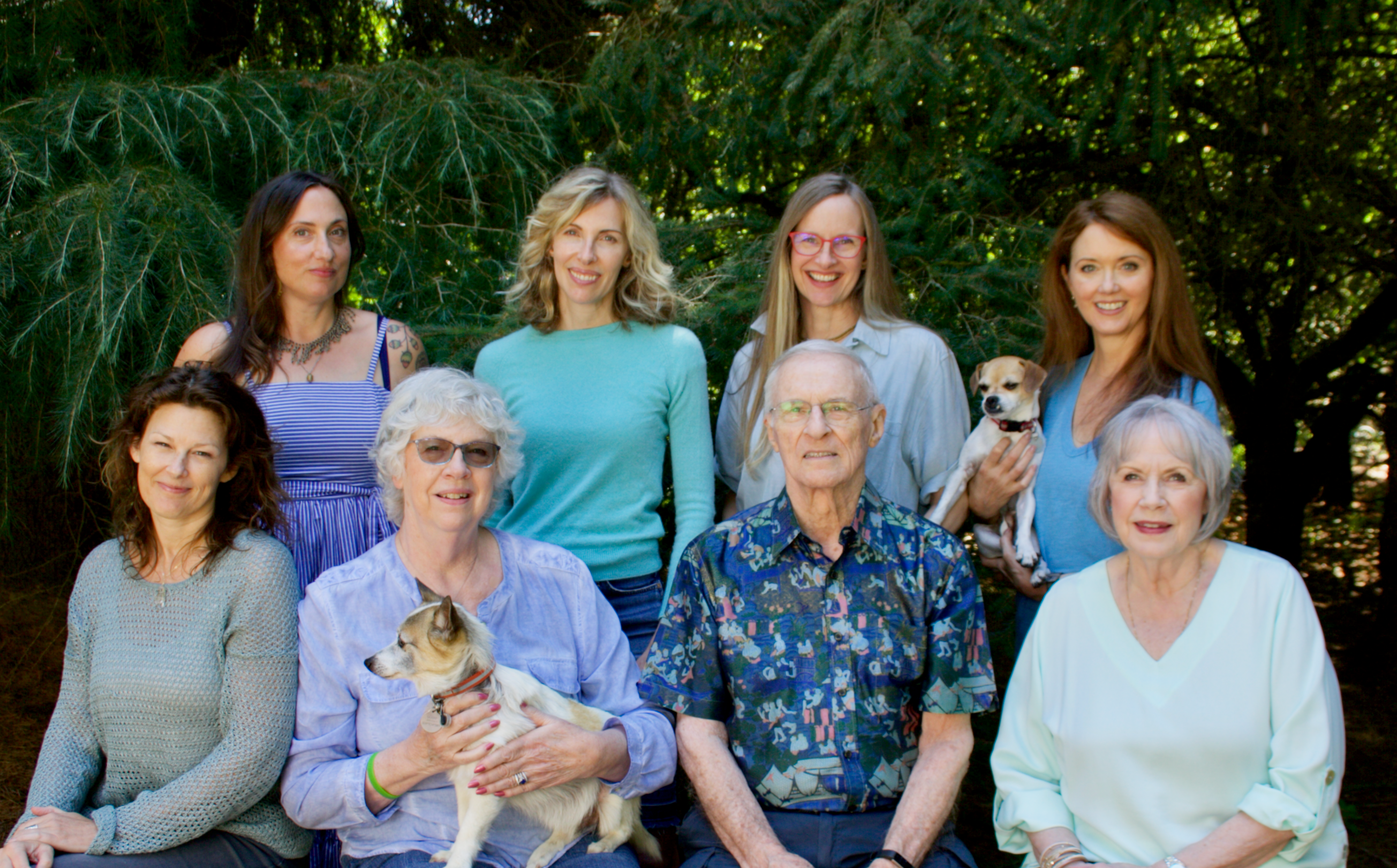


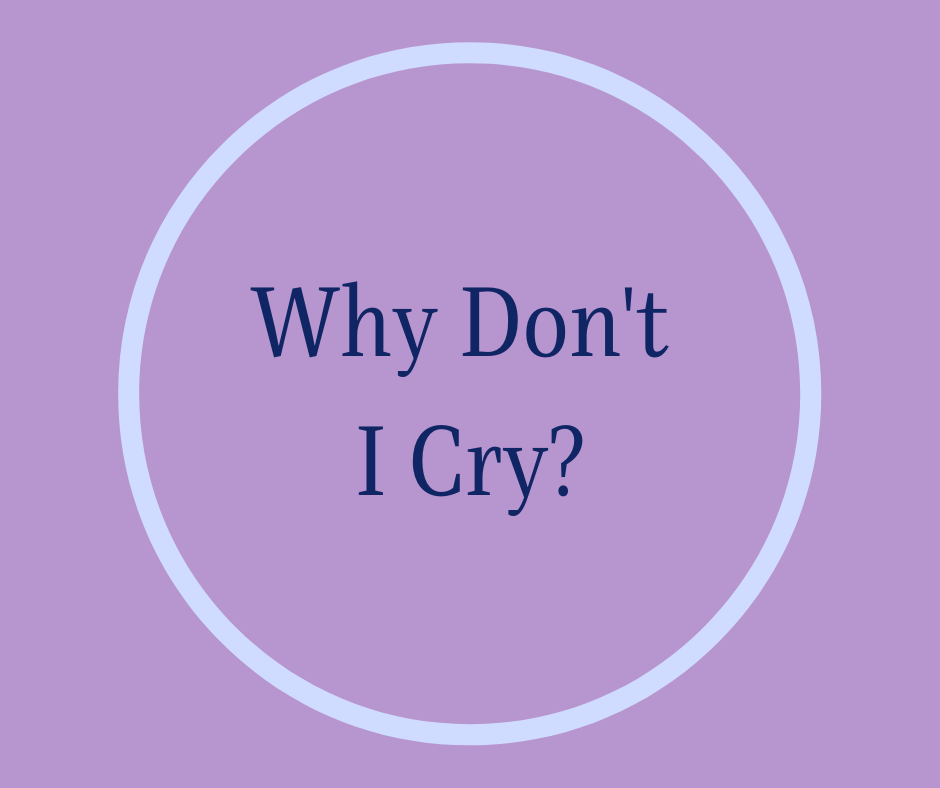
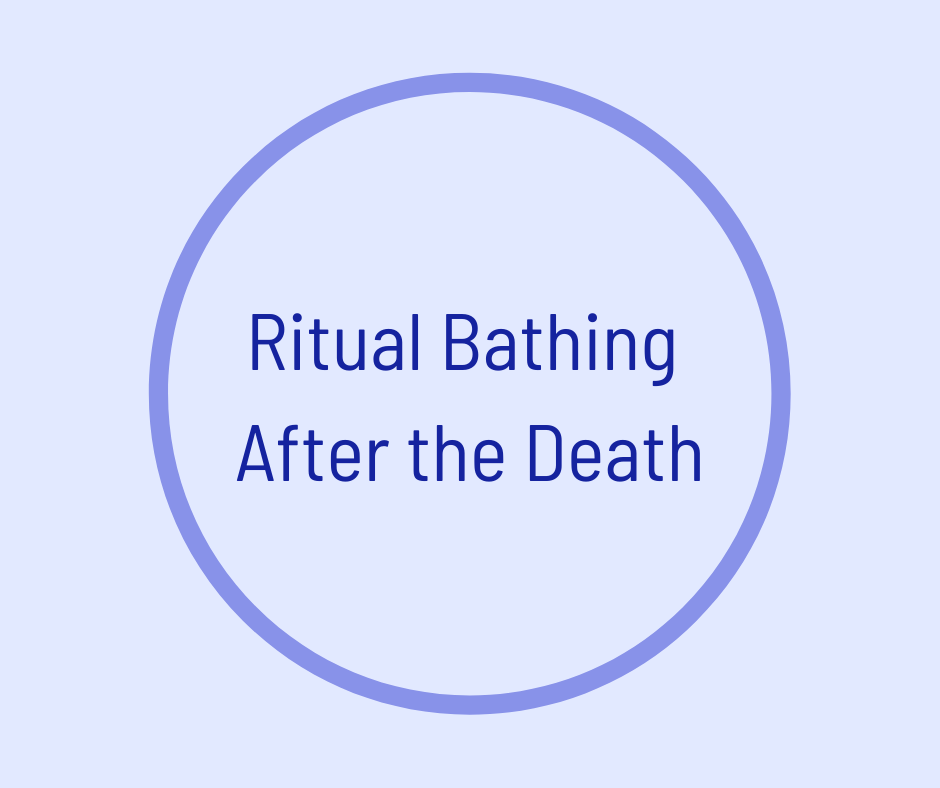
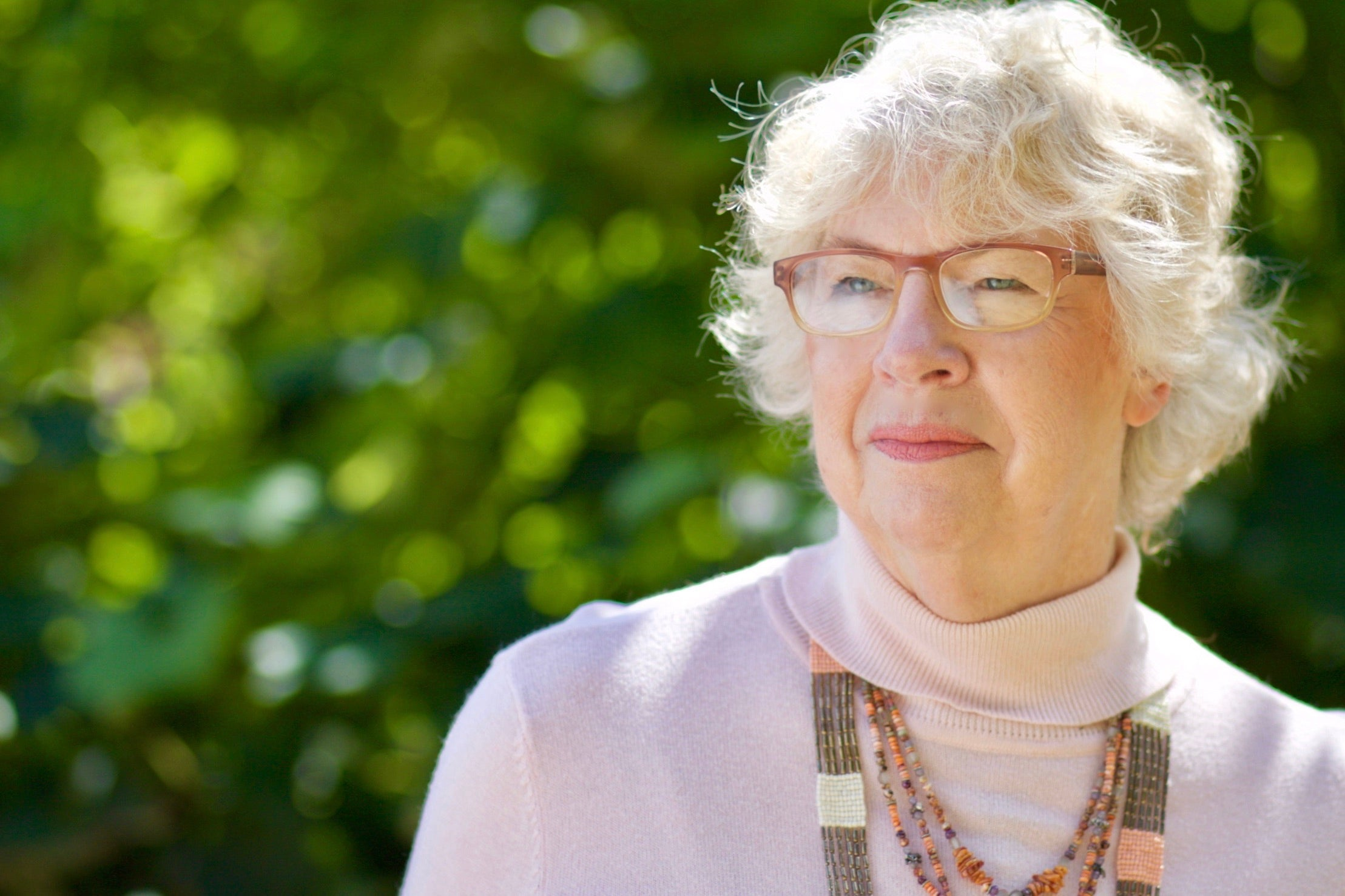
29 comments